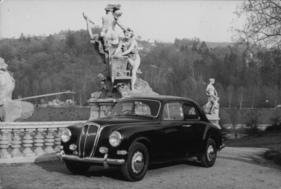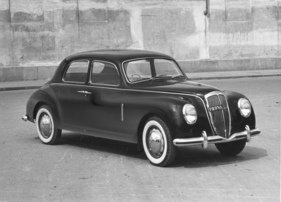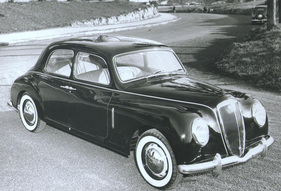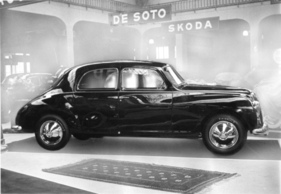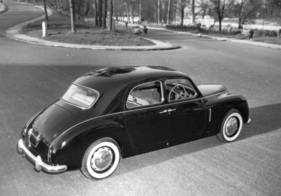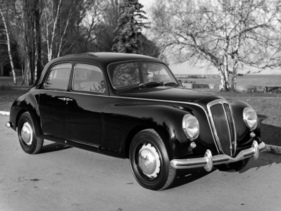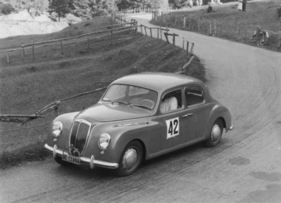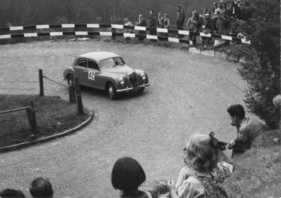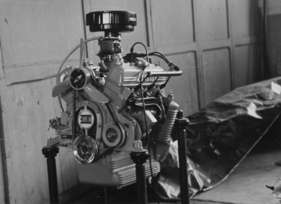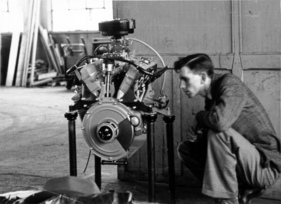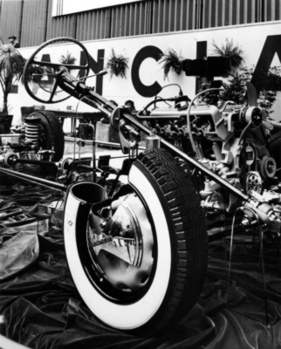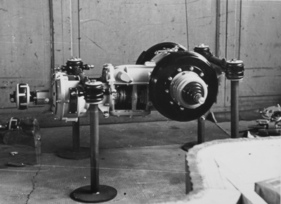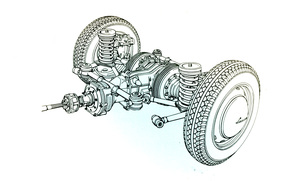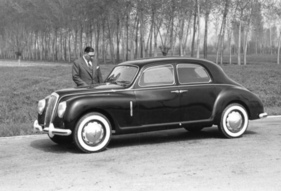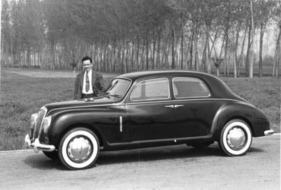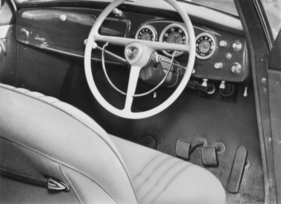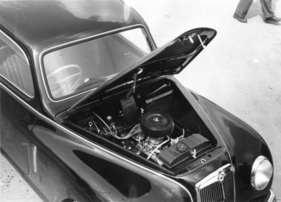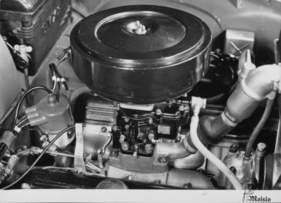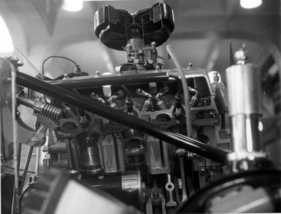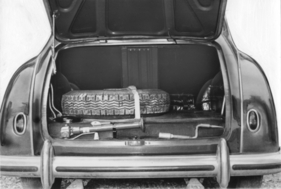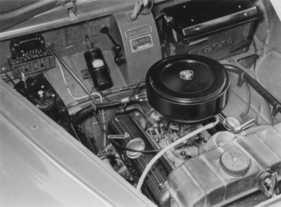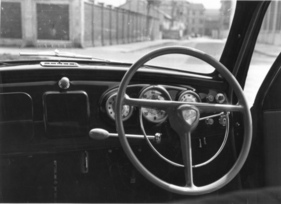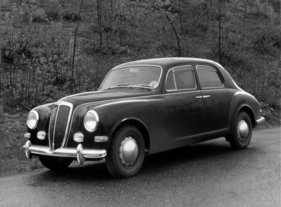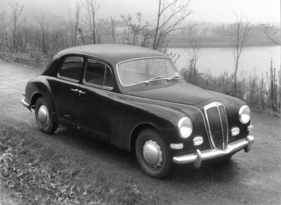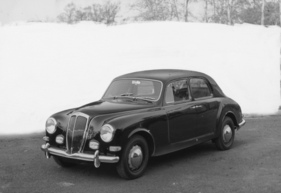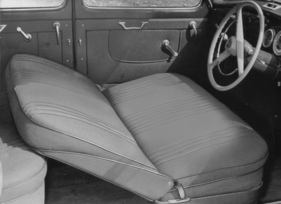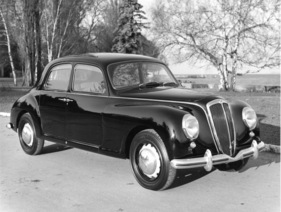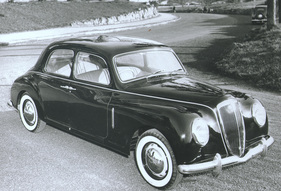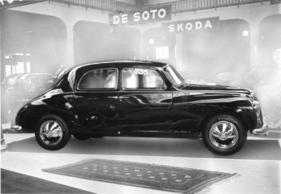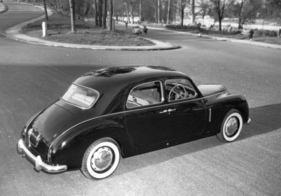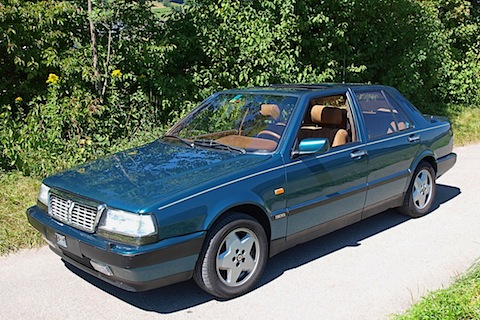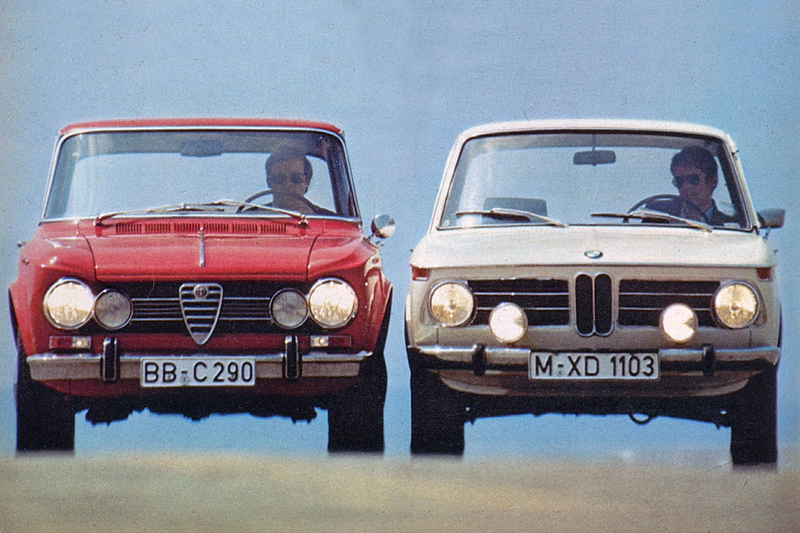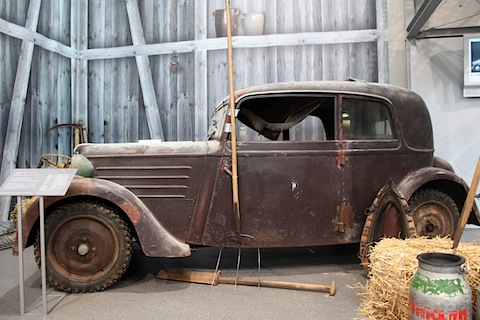Clever, sporty, timeless - Lancia Aurelia in the (historic) test
Summary
The Lancia Aurelia was a progressive car in many respects. The many technically convincing ideas and the sportiness familiar from Lancia, coupled with a simple and timeless Pininfarina design, had the potential to become the blueprint for great success. This report reproduces the wording of the Motor-Rundschau test from 1950 and illustrates it with historical images and sales material.
This article contains the following chapters
- Rating
- Identification: Lancia "Aurelia" Series II
- Inspection
Estimated reading time: 12min
Preview (beginning of the article)
The 1.7 L Lancia "Aurelia" is already known for its double-joint drive with independently suspended rear wheels, a design that Lancia used for the first time on its "Aprilia" model in 1938/39 and later modified on the Lancia "Aurelia", Series I. In both double-joint drives, the independently suspended rear wheels are driven by the differential located in the sprung part of the car via double-joint shafts and the rear wheels are guided by trailing arms. On the "Aprilia", these were trailing arms that acted on torsion bars for fine suspension and on a continuous transverse leaf spring for suspension of the self-supporting body. On the "Aurelia", Series I, these were wishbones which, mounted in silent blocks and supported on coil springs, acted in the sense of a negative toe-in of the rear wheels and thus gave the vehicle a centering effect around its longitudinal axis when the rear wheels deflected. Together with the telescopic guidance of the front wheels (DRP 390 590), which had been typical of Lancia since 1922, both rear wheel suspensions and suspension systems resulted in a unique road holding of the vehicles that has not yet been surpassed in series automobile construction.
Continue reading this article for free?
Images of this article

